Workshops
Guided by Stephanie Wolff, delve into innovative techniques for showcasing your visual creations through various binding and enclosure methods. Perfect for photographers and printmakers, this week-long workshop provides hands-on experience to elevate your skills in presenting and preserving your work.
There are no available registration dates at this time.
To help answer every artist’s conundrum: bound or unbound, this week-long intensive workshop will explore multiple ways photographs, prints, or other artwork can be shown in both bound and unbound forms. Be it a narrative set of photos or prints—a body of work or a series. How can individual works on paper be gathered as a collection and professionally presented? This class will present many options.
Enclosures and books are wonderful ways to present two-dimensional art on paper. Not only do they protect the work, but they provide an opportunity to create an experience for a viewer, adding text, narrative, or context. Books, boxes, slipcases, wrappers, and portfolios all force the reader-viewer to activate the work by opening an outer container to reveal what is within.
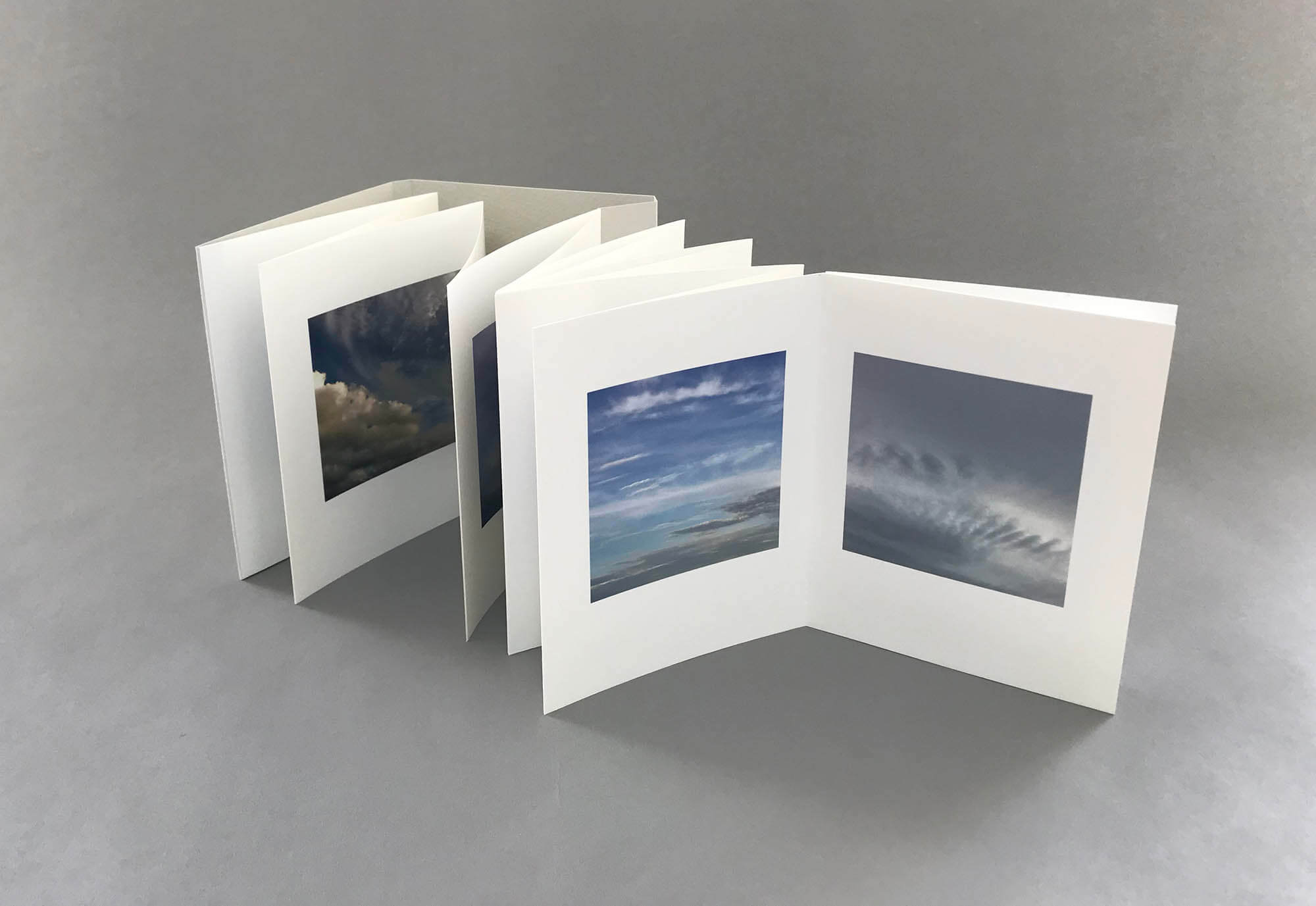
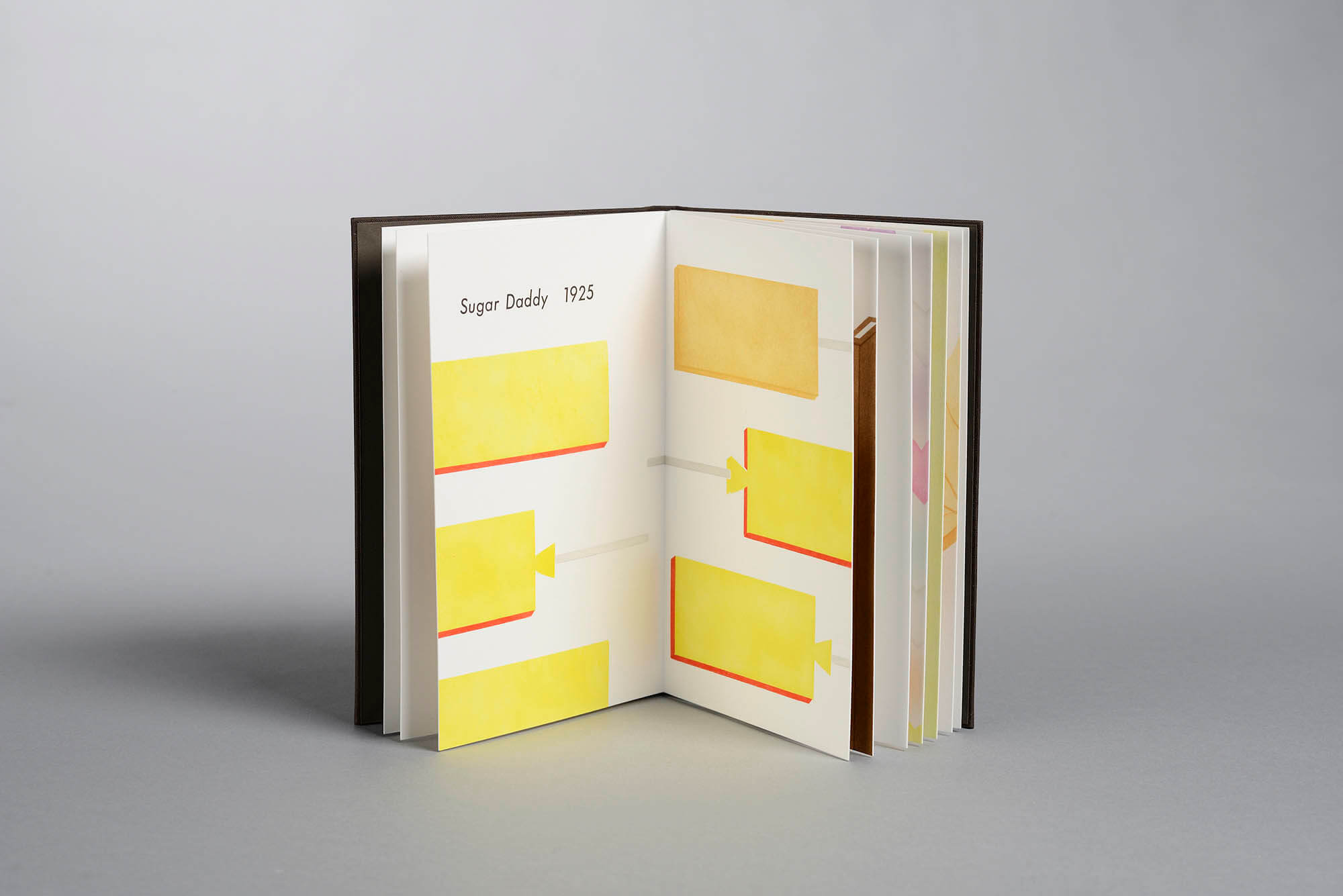
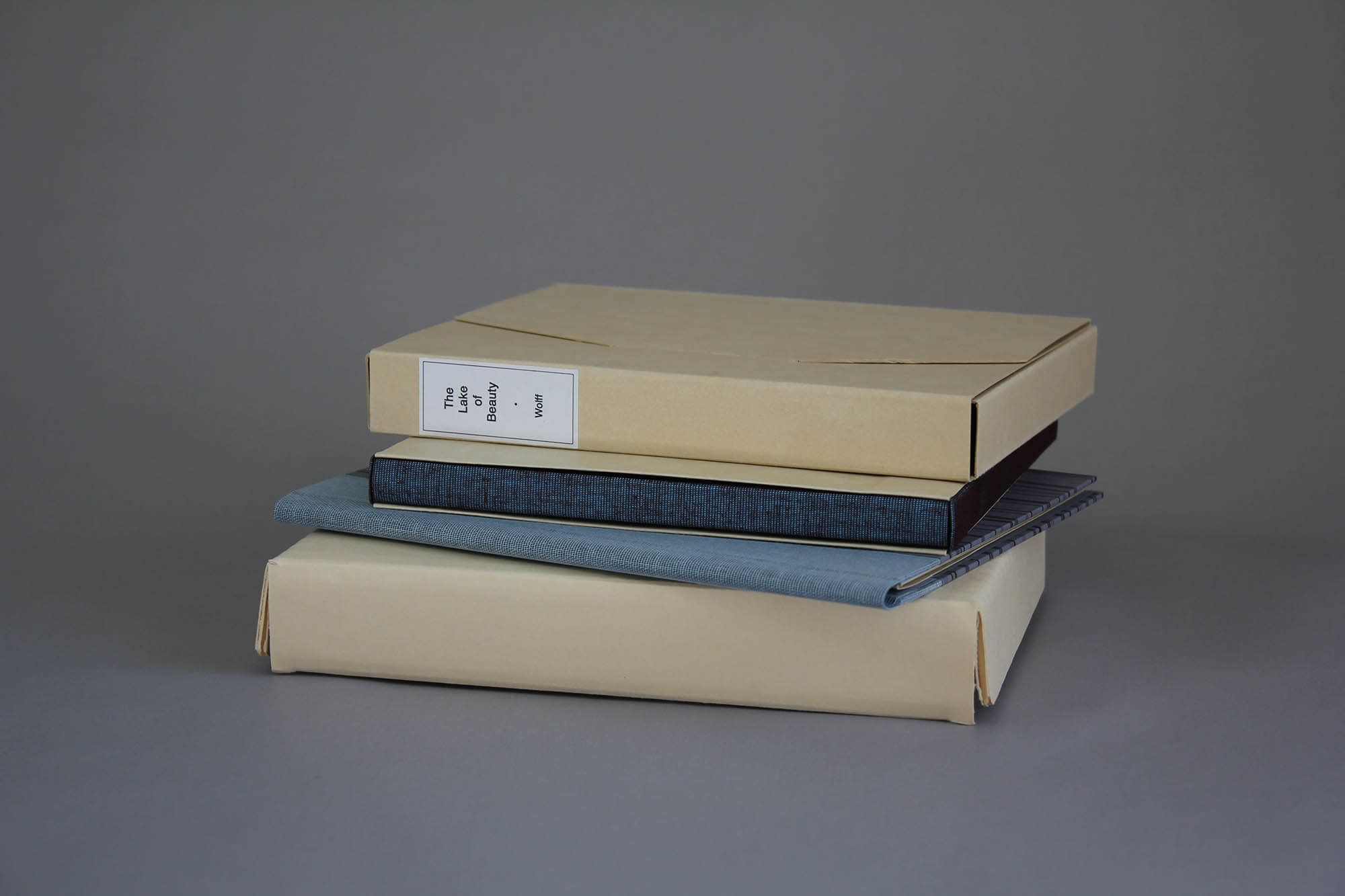
This workshop covers a variety of bindings while considering the incorporation of photographs or prints, especially the ability to add uninterrupted double-page spreads. The workshop begins with a few simple forms for small editions or self-promotion and continues with hardcover structures and a selection of enclosures.
The bindings include a variation of the drum leaf, the flutter binding, and a sewn binding with page variations. The enclosures include some commonly used in library conservation: a softcover slipcase, corrugated clamshell box, wrapper, and a hardcover portfolio. Ways to adapt and elevate these forms for the needs of each student, as well as materials and tools, will be discussed. The focus will be on building skills and making a set of working models for success in making more after the workshop.
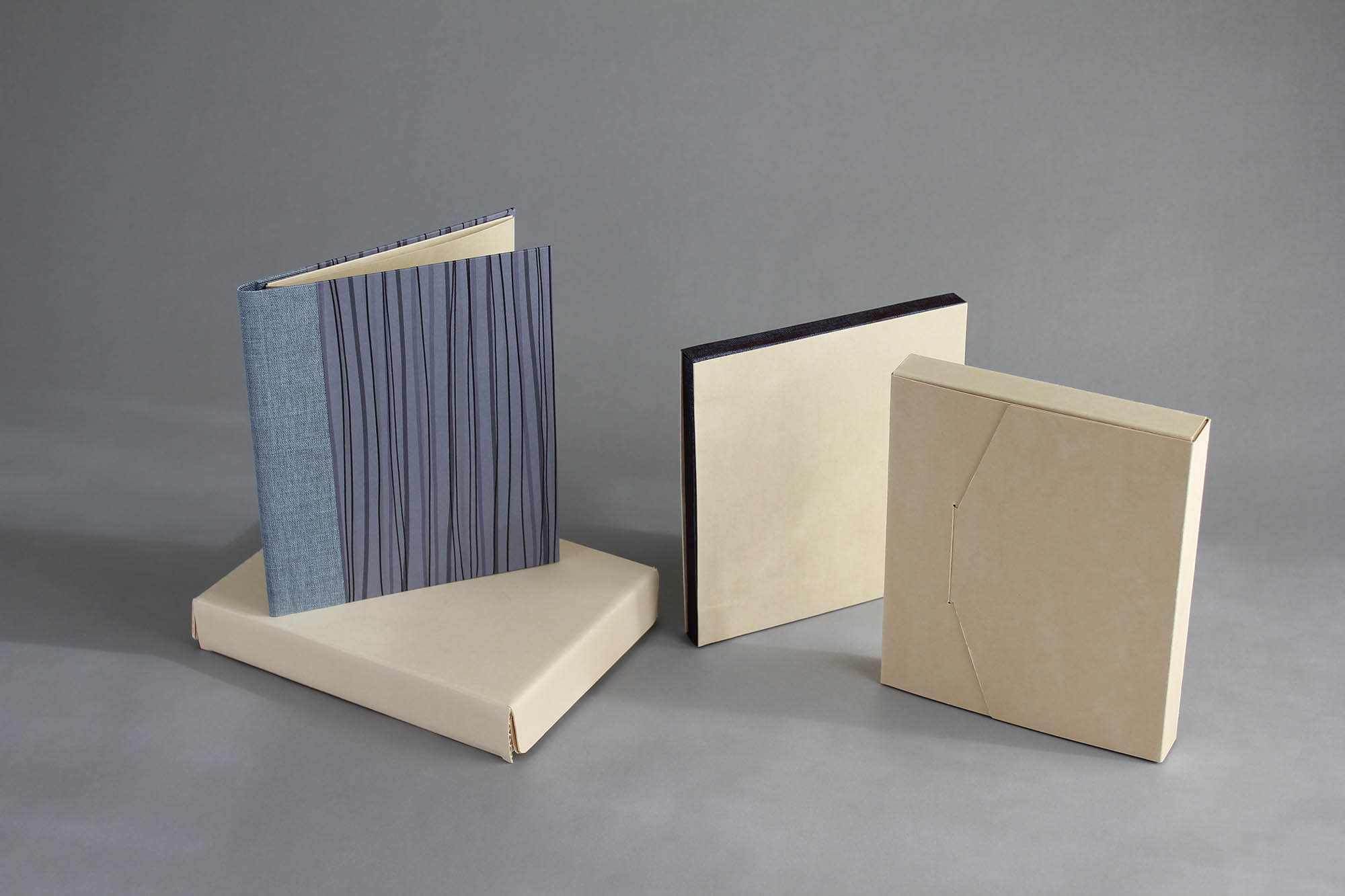
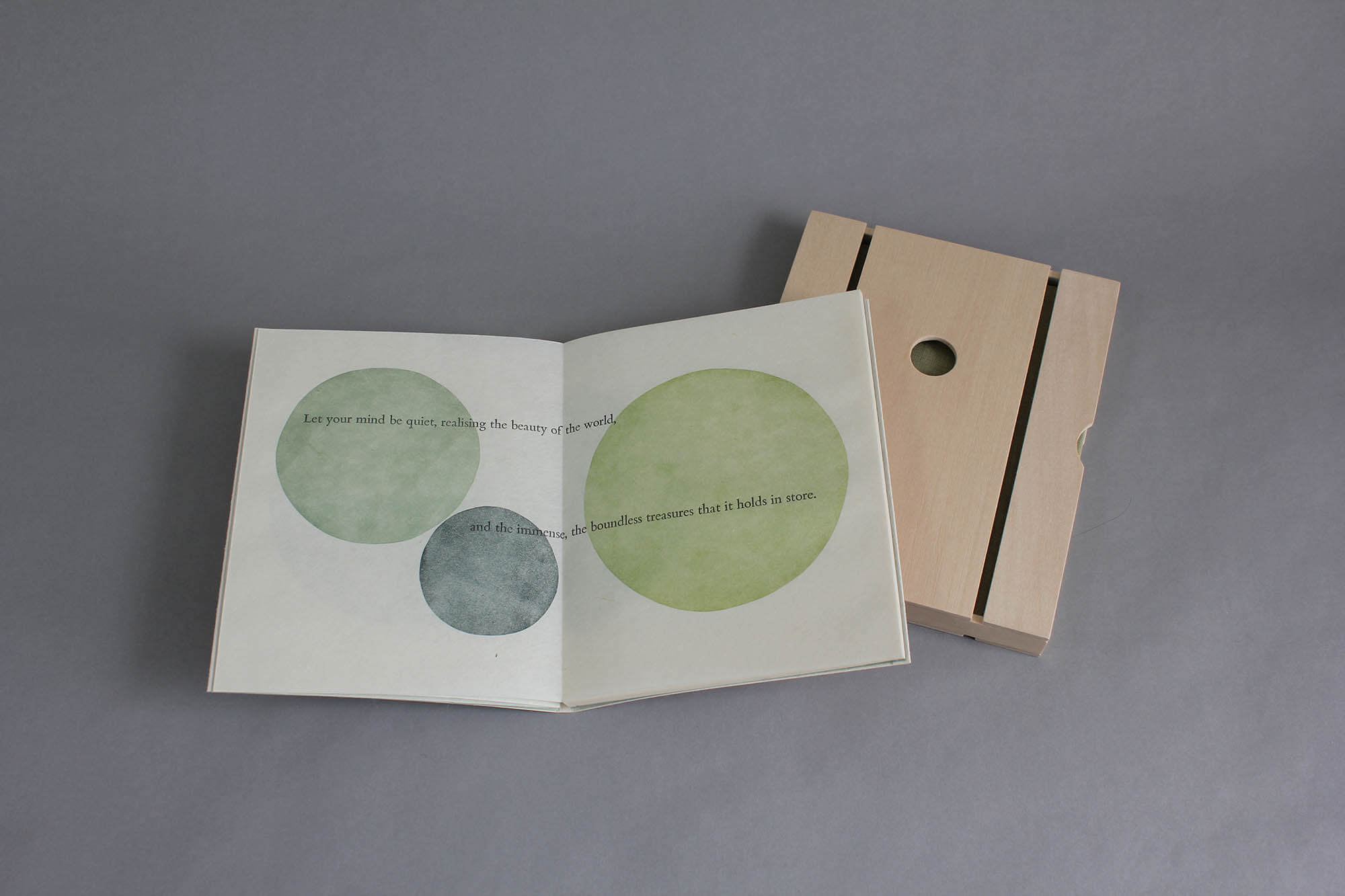
Pre-cut supplies will be provided to ensure accurate results and efficiency of our time together. A week goes by quickly and we have a lot to cover! Students should bring their own photographs or prints to include in a few of the bindings if desired.
A small list of tools, supplies, and optional materials to bring will be sent before the workshop starts.
Please note: this workshop does not cover a drop-spine (clamshell) box made of binder’s board.
Tools to bring:
- Mechanical pencil
- Right triangle: 30-60-90, metal best, with a 6” long side (optional but highly recommended)
- Bulldog clips, 4 (optional)
- Small dividers (only if you already have them)
- Japanese hole punch (only if you already have one)
- Any other hand tools you like to use in your binding work
- Optional prints or photographs for models, especially work prints or seconds
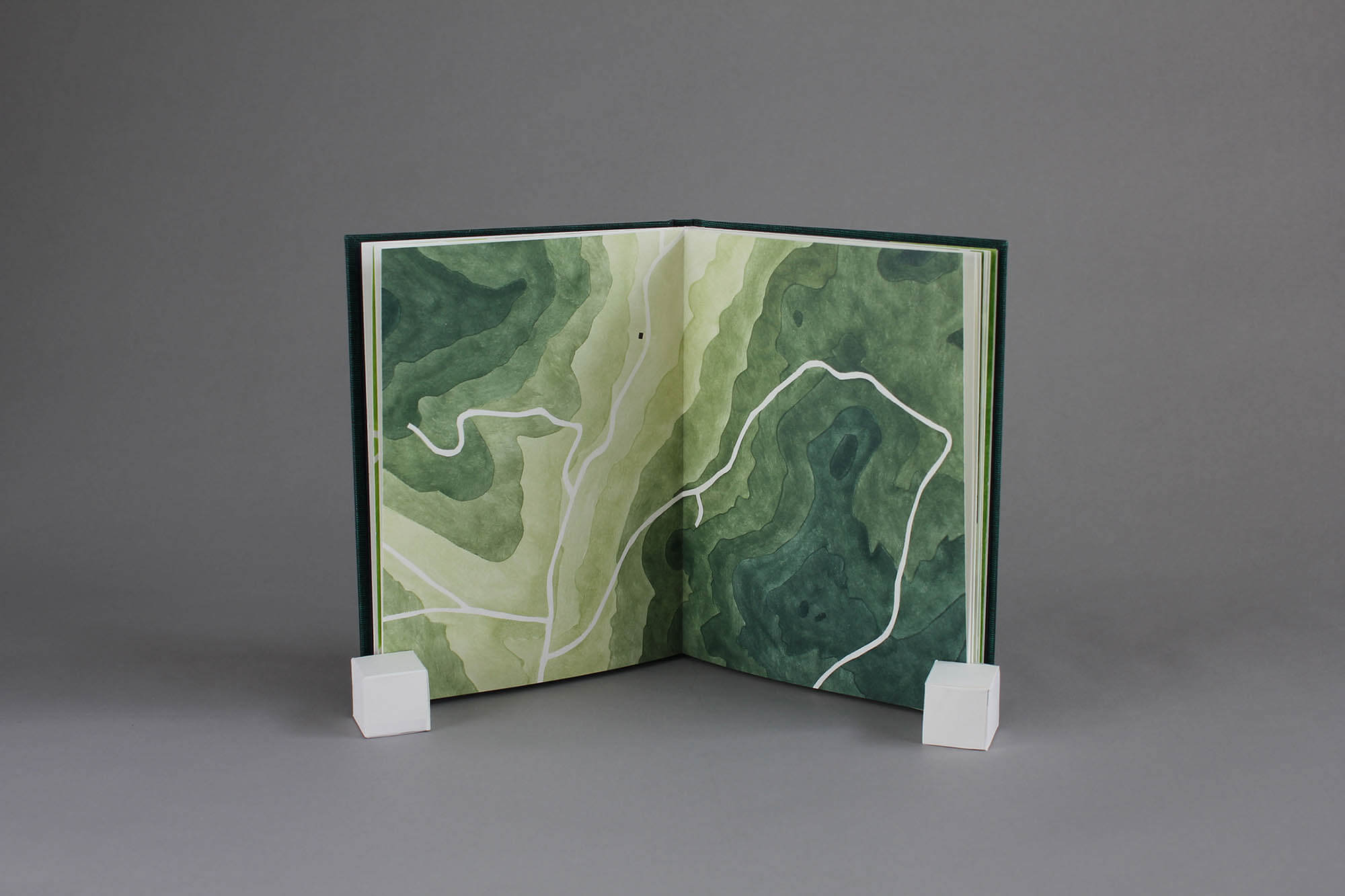
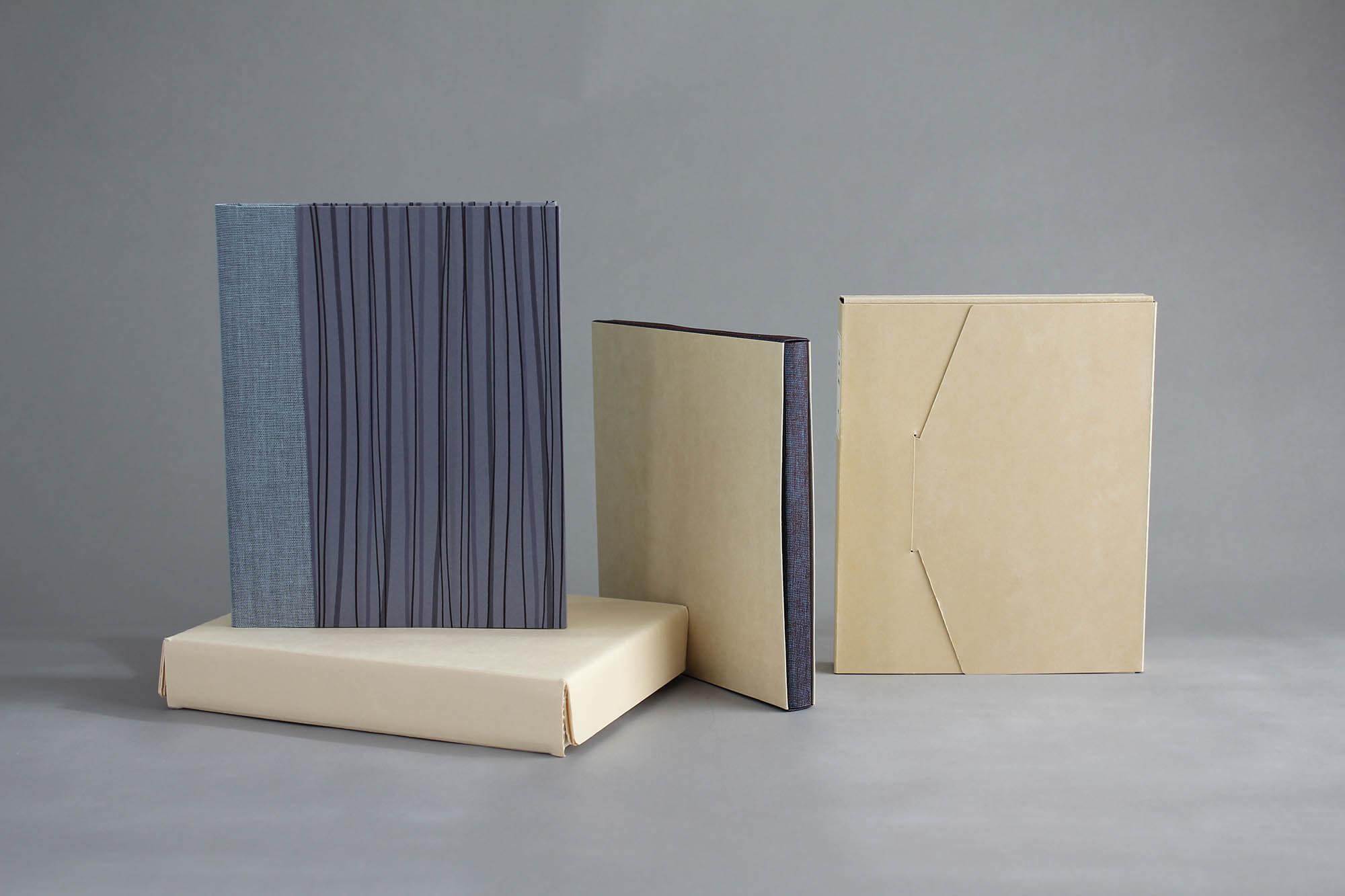
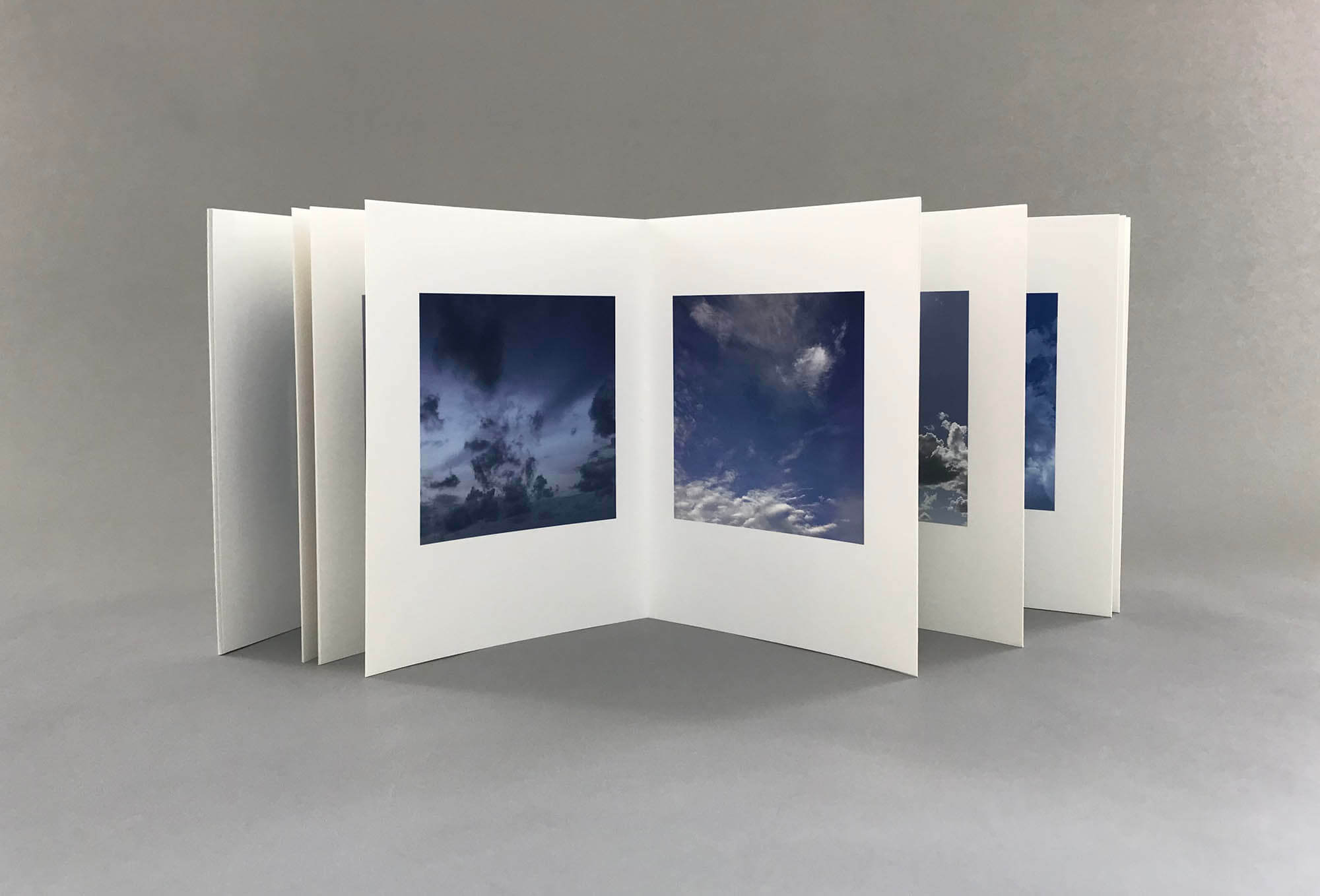
All images copyright Stephanie Wolff.
Share This
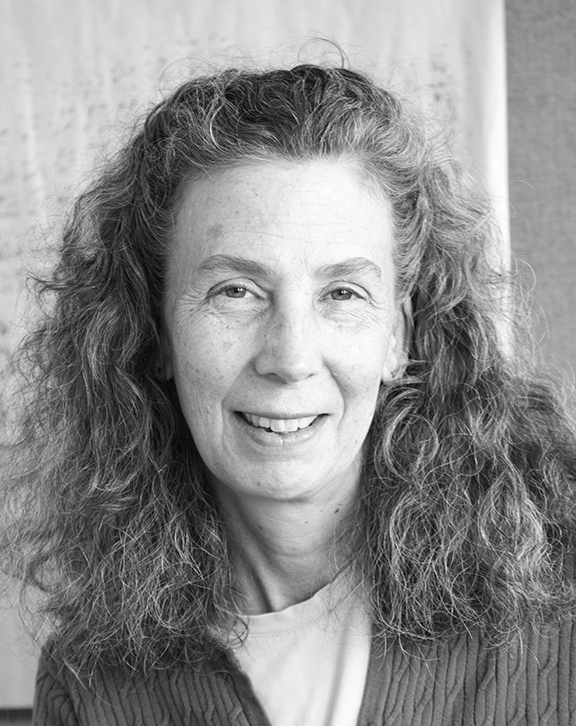
Instructor: Stephanie Wolff
Stephanie Wolff works with paper, text, textile, and the book form, with projects that explore themes of weather, history, and rural life, among other topics. Her artist books are held in many public and private collections, and have been exhibited in the United States and Germany. Her works are included in 500 Handmade Books, Volumes 1 & 2 (Lark Books). She has been awarded fellowship/residencies, including from the American Antiquarian Society and the Jaffe Center for Book Arts. Stephanie’s years as a book conservator at the Dartmouth College Library provided her with experience in the care and repair of a wide range of library materials, from books and manuscripts to maps, scrapbooks, and other objects. This conservation work included the creation of housing for display and storage of rare and fragile items. Her early experience in pre-digital photography—combined with a background in book arts, binding, and conservation—gives her a rich knowledge base with a range of possibilities for designs, including those that combine book forms with photographic or printed images. As a longtime teacher of book arts to college students and others, she enjoys sharing her knowledge from bookbinding, book conservation, and fine arts to help people transform their ideas into tangible creations.

